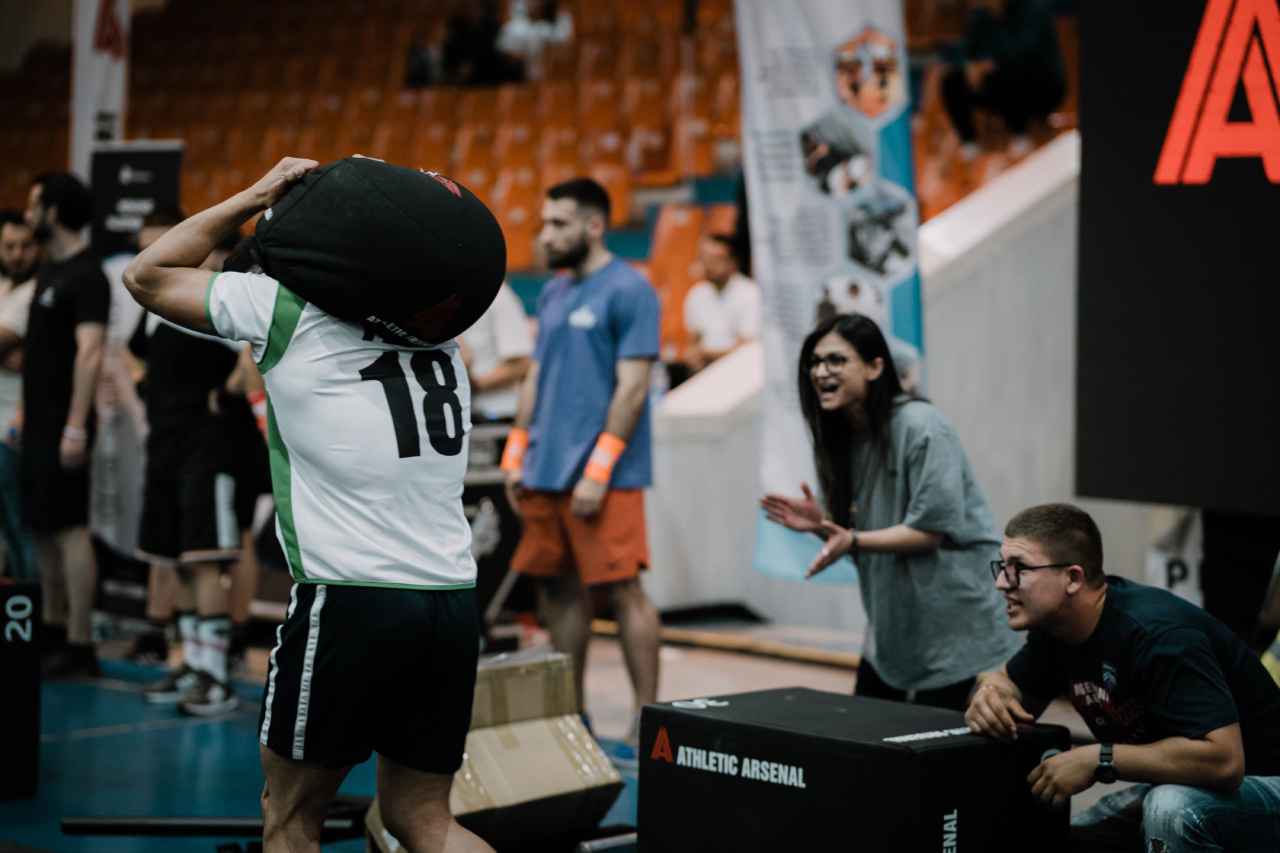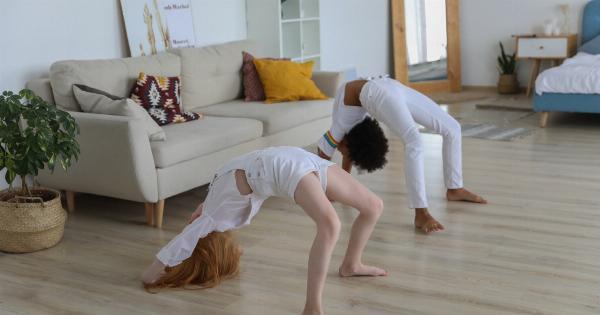Gymnastics is a highly disciplined and physically demanding sport that involves a combination of strength, flexibility, balance, and coordination.
It has been recognized as one of the oldest forms of exercise, dating back to ancient Greece where it was an integral part of the Olympic Games. Today, gymnastics is not only a competitive sport but also a popular recreational activity for people of all ages.
The Importance of Timing in Gymnastics
Timing plays a crucial role in achieving the best results in gymnastics. In order to maximize the potential for growth and improvement, it is important to understand when it is the right time to engage in gymnastic training and practice.
This article will explore the various factors to consider when determining the ideal time to do gymnastics for optimal results.
Age and Developmental Considerations
One of the primary factors to take into account when deciding when to do gymnastics is the individual’s age and stage of development.
Young children can benefit from early exposure to gymnastics as it helps in the development of their motor skills, flexibility, and body awareness. However, intense training involving repetitive and high-impact movements should be avoided until the child reaches an appropriate age, usually around 6-8 years old.
As children grow older and progress through puberty, their bodies undergo significant changes, which can impact their abilities in gymnastics.
During this period, it is important to strike a balance between training intensity and allowing sufficient time for growth and physical development. Overloading young athletes with rigorous training programs can increase the risk of injuries and hinder their long-term progress.
Goal Setting and Competition Season
The timing of gymnastics training can also be influenced by an individual’s goals and the competitive season. Gymnastics is a sport that often involves focused periods of training leading up to important competitions.
Athletes may choose to increase the intensity of their training during these periods to prepare for peak performance. It is essential to consult with trained professionals, such as coaches and trainers, to develop a training schedule that optimizes the progression towards reaching specific goals.
Periodization and Training Cycles
Periodization is a concept commonly used in sports training that involves dividing the training year into different cycles to ensure optimal performance during competitions.
In gymnastics, this can mean structuring training periods to focus on specific elements such as strength, flexibility, or skill development. For example, during the off-season, gymnasts may prioritize strength training to build the necessary foundation for more advanced skills during the competitive season.
By strategically planning training cycles, gymnasts can avoid burnout, improve performance, and minimize the risk of overuse injuries.
It is important to consult with coaches or trainers who can develop a well-structured training program that takes into account the individual’s goals and physical capacities.
Individual Readiness and Recovery
Another crucial aspect to consider when determining the timing of gymnastics training is an individual’s readiness and recovery.
Pushing oneself too hard without allowing sufficient time for recovery can lead to physical and mental fatigue, which hinders progress and increases the risk of injuries. It is important to listen to one’s body and pay attention to signals of overtraining or exhaustion.
Rest and recovery days should be included in the training schedule to allow the body to heal and rebuild. The frequency and duration of training sessions should be tailored to the individual’s fitness level and ability to recover.
Additionally, it is important to address any physical or mental health issues that may affect training, as these can significantly impact performance and results.
Consistency and Long-Term Commitment
Consistency is key in gymnastics, and gymnasts must be committed to regular training to achieve the best results. It is important to establish a routine that allows for consistent practice and progression.
While it is natural to experience setbacks and plateaus, staying dedicated and focused on long-term goals is essential in mastering the complex skills required in gymnastics.
When it comes to the best time of day to do gymnastics, it ultimately depends on the individual’s schedule and preferences.
Some athletes may find that they have more energy and focus in the morning, while others may perform better later in the day. The key is to find a time that allows for optimal performance and consistency in training.
Conclusion
Gymnastics is a physically demanding sport that requires careful consideration of timing for optimal results.
Factors such as age, developmental stage, goals, competition season, periodization, individual readiness, and recovery all play a significant role in determining when it is best to engage in gymnastics training. By understanding individual needs and consulting with trained professionals, gymnasts can develop a well-structured training program that maximizes progression, minimizes injuries, and leads to long-term success in the sport.































